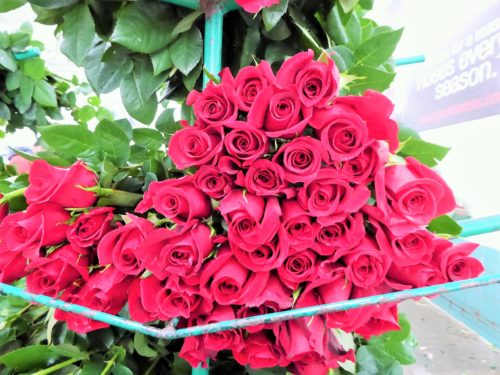
My “At the Airport” column for USA TODAY this month is all about how some of the world’s most beautiful roses get from a farm in Bogota, Colombia, to and through airports, and to you.
Here’s a slightly shortened version of that column:
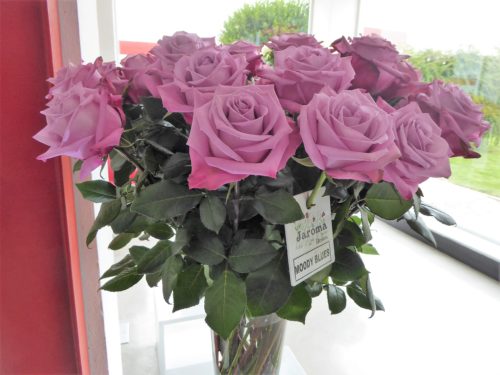
Mother’s Day is around the corner and, according the National Retail Federation, this year American consumers will honor their moms with gifts of special outings, spa visits, meals, jewelry, electronics, greeting cards and $2.6 billion worth of flowers.
Many of the carnations, roses and bouquets moms receive will hail from farms around Bogota, Colombia. The high altitude, temperate region ranks as one of the world’s largest exporters of cut flowers and each day there’s a tightly choreographed race to get millions of freshly harvested flowers to the airport and onto planes for delivery to customers around the world.
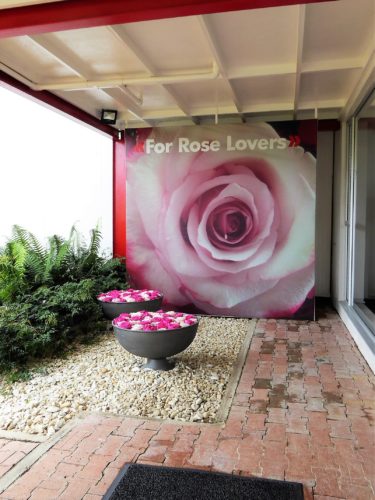
Last week I joined a team from United Airlines to see how roses make their way from one farm near Bogota to Houston and, possibly, to you.
At Jaroma Roses, 79 acres of greenhouses produce more than 30 million roses each year in colors ranging from white and pink to green and red with dozens of shades in between and with names such as Moody Blues, High & Twinkle, Freedom, Lemonade, Showgirl and Hot Merengue.
“There are more than 2000 different kinds of roses,” company president and owner Jaime Rodriguez told me at the start of a several-hour farm tour, “Here we produce about 50 different kinds. The bestsellers are always the red ones, but breeders are always creating new combinations and unusual colors that are also very good sellers.”
This week is peak shipping time for Mother’s Day and teams of Jaroma Roses’ more than 600 workers are in the greenhouses everyday cutting flowers by 6 a.m.
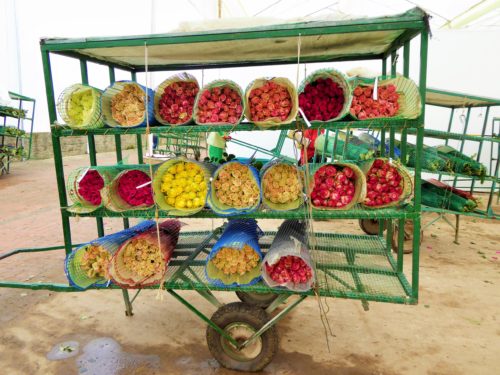
From the greenhouses, freshly cut roses are gathered by color and taken by cart, or by the farm’s new ski lift-like conveyor system, to workers along long tables in a large cooled room. There, the flowers are measured, cut, graded and bundled into corrugated paper sleeves. The sleeves then move chilled storerooms where the temperature is set between 37 and 41 degrees Fahrenheit in order to keep them as fresh as possible before they’re boxes loaded onto refrigerated trucks that head out for Bogota’s El Dorado International Airport, over and hour away.
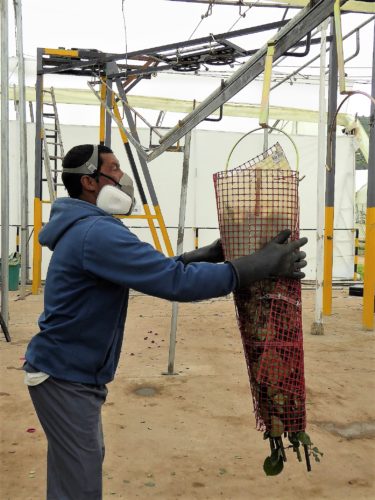
Like other farms, Jaroma Roses sells its flowers F.O.B. Bogota, which stands for ‘free on board’ (or ‘freight on board’) and means the buyer is responsible for arranging and paying the costs of shipment once the boxed flowers are delivered to the airport.
“The customer chooses the freight company,” said Rodriguez, “If we have a new customer who has not imported before, we recommend a company, but the customers deal directly with the cargo agency.”
The agencies, in turn, choose which airline they’ll use to ship the flowers onward to their final destinations in the U.S., Asia, Europe, Russia and other countries and, from Bogota and many other cities, there are multiple choice of carriers.
United Airlines, which a major freight agency has been using to ship Jaroma Roses to Houston and on to Japan, has room in the cargo holds of three commercial flights from Bogota each day: two 737s (one heading to Houston; the other to Newark) that can accommodate less than 1 ton of cargo and a 757 to Houston that could have room for up to 3 tons of cargo.
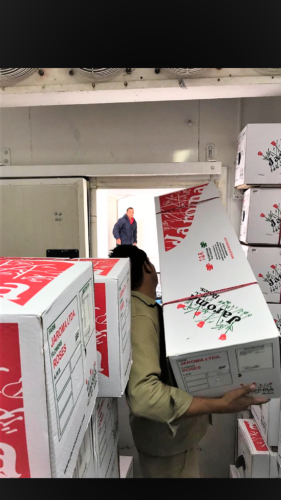
“Our competitors can offer similar or more capacity and there are a lot of freighters going from here to Miami daily,” said Andres Torres, International Cargo Sales manager for United in Bogota. “But we work hard to compete favorably in terms of transit time and quality of service. We check everything along the way and even the final customers in Japan have our cell numbers in case anything goes wrong.”
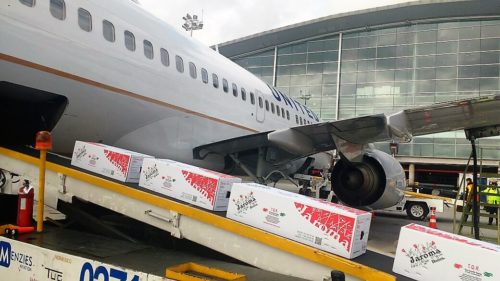
Torres says on some carriers flowers flying from Bogota may take five days to reach their destinations in Asia and Europe. “We offer three days,” said Torres “And if the United cargo holds from here are full we try to offer customers alternative routes using interline partnerships, most often DHL Aviation, to move the cargo to another city for connecting to another United flight.”
In United’s cargo area at Bogota airport, the temperatures were cool as the flowers I saw headed for Houston were moved from the refrigerated trucks to and through machines that scan and weigh each box. The boxes were then loaded onto pallets, weighed again, and then sent into the cargo the hold on the plane, where temperatures for the flowers were set at a cool 50 degrees during the flight.
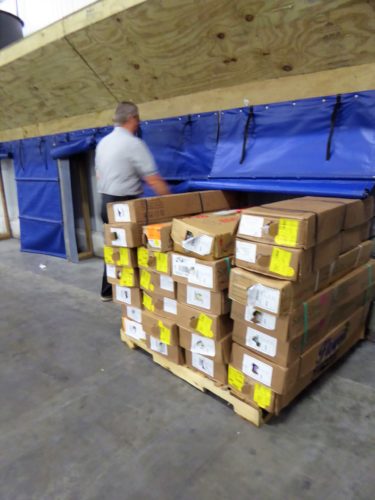
Promising to keep the flowers cool throughout their journey is important to help maintain freshness and secure business of course, but Torres says most companies shipping flowers these day also put sensors (thermographs) in the boxes that can record the temperature along the way.
“Every country has different rules for working with customs, security and the product,” said Kristian Scayola, United’s senior manager for cargo operation in the Americas, “But we need to project the flowers as part of the trust chain between the farm, the shipping agency, the airline and the customer.”
In Houston, United works closely with the perishable cargo handler dnata USA Cargo to transfer the flowers between flights or to local customers.
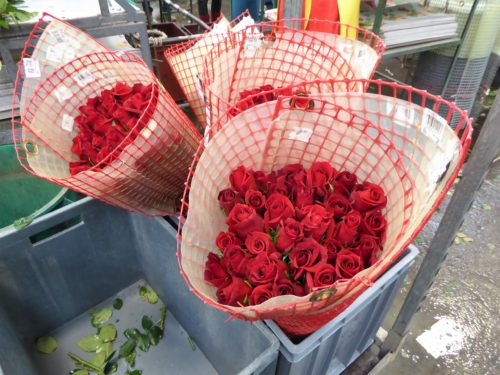
“Customs sometimes meets and inspects the flowers right when they come off the plane,” said Tom Hood, general manager of dnata cargo in Houston, “Other times they inspect a shipment once we have it here inside.” Agents from the US Department of Agriculture also come by for spot checks, he said.
Once off the plane, the pallets of flowers get moved to dnata’s cooled storage warehouse and then, as quickly as possible, into an even colder ‘pre-cooling’ room. There the small round flaps I had noticed cut into each end of the boxes in Bogota were opened and any warm air that may had built up inside the box during the flight is essentially sucked out and replaced by the much colder air in the room.
The pre-cooling process helps perk up and reanimate the flowers and prepares them for the next step of their journey, which may be U.S. florists readying for the Mother’s Day onslaught or for a flight to Japan or Russia, where the premium roses like those I’d seen snipped, bundled and boxed for shipment a day earlier in Columbia might end up being sold for upwards of $50 a stem.
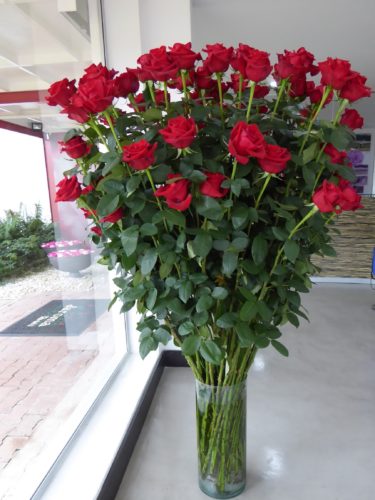
Read the full column on USA TODAY and see two dozen photos from my trip here.